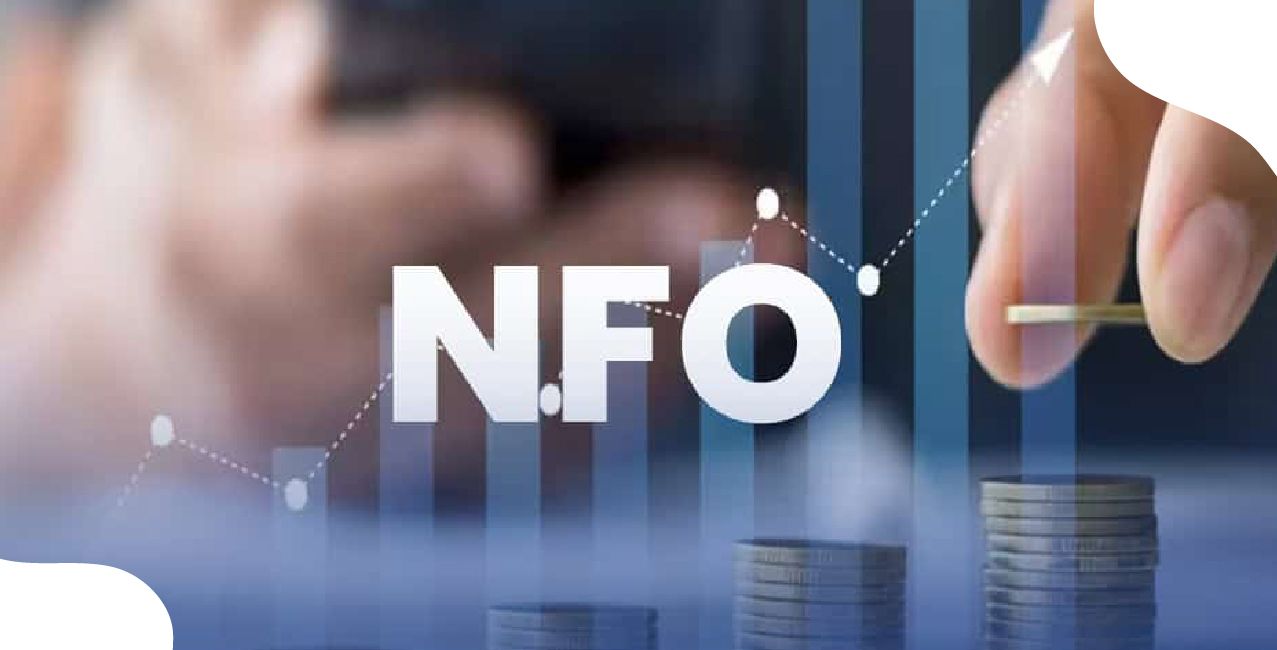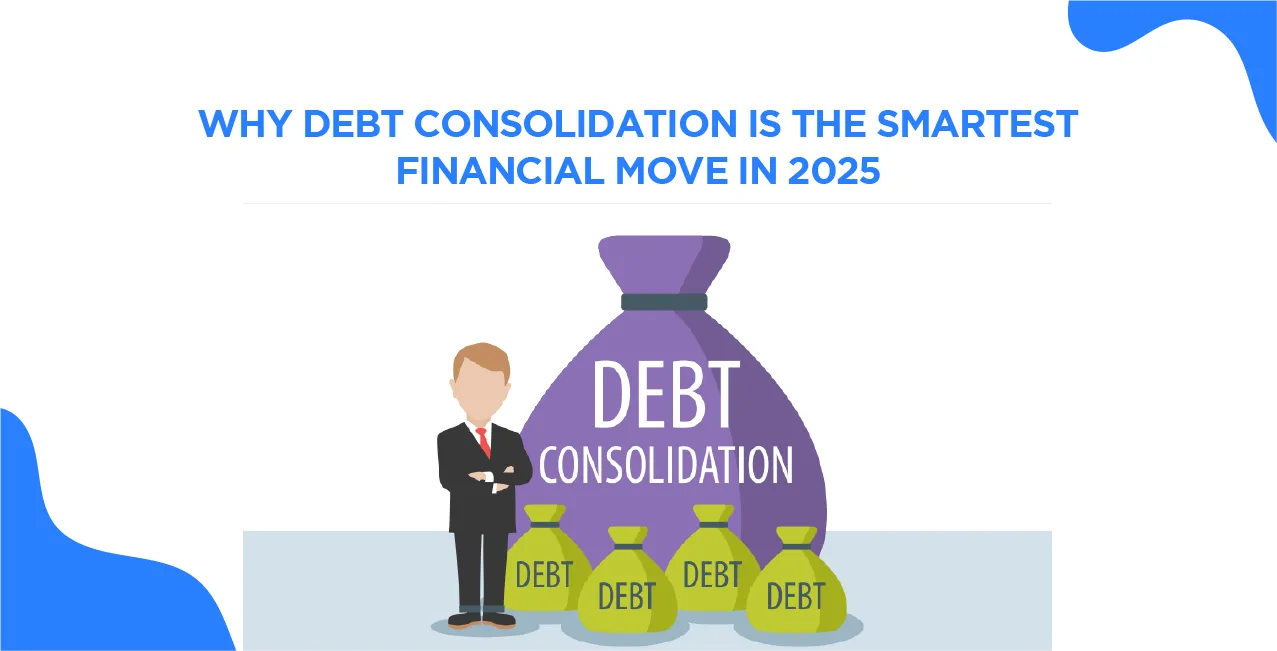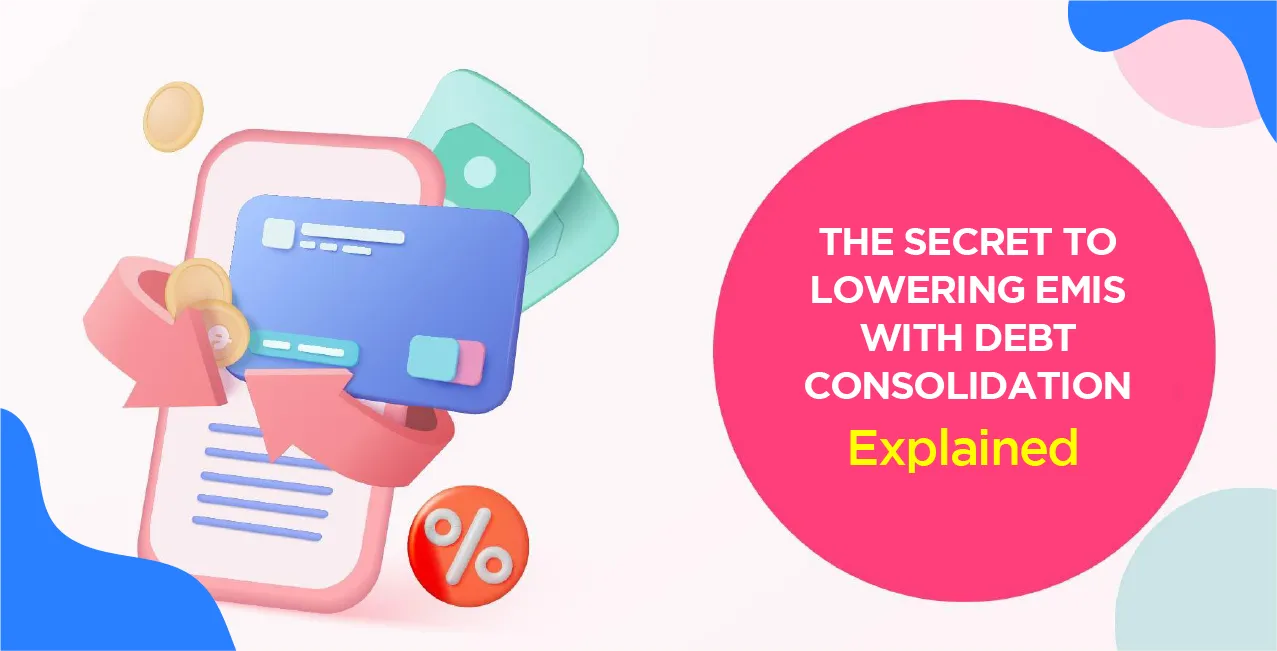
Author
LoansJagat Team
Read Time
6 Min
27 Aug 2025
What Is A Call Option: Meaning, Strike Price, Premium & How It Works
A call option is a type of financial agreement that grants the buyer the right, but not the responsibility, to acquire an underlying asset (such as stock) within a given time frame at an agreed-upon price known as the strike price. It allows investors to profit from price increases without having to purchase the stock right now.
To make it simpler, let’s take an example: “Aman, tujhse ek sawaal puchun? Agar tujhe 100 rupay mein aaj Reliance ka share mil jaaye aur kal woh 150 ka ho jaye, kya tu kharidega?" Reena asked while scrolling through her trading app.
"Haan! 50 rupay ka direct profit!" Aman replied.
And that, Reena, is exactly what a call option lets you do.
A call option gives the buyer the right (but not the obligation) to buy an asset at a fixed price, known as the strike price, within a specific time. For example, if Aman buys a call option with a strike price of ₹1,000 on a stock currently trading at ₹1,020, he can potentially earn a profit if the price rises before expiry.
Let’s now walk through Aman and Reena’s journey into understanding call options.
Call Option Kya Hota Hai? (What is a Call Option?)
A call option is a type of financial contract used in stock trading. It allows the buyer to purchase an underlying asset (like shares) at a fixed price (strike price) before the contract expires. Think of it like booking a movie ticket in advance, you book now and watch later, irrespective of whether the price goes up.
Consider it similar to purchasing a movie ticket in advance; regardless of how ticket prices fluctuate, you may reserve your seat now and watch later. You gain from having a cheaper reservation if prices increase. However, you just don't use the ticket if you choose not to see the film (or if the cost doesn't increase). However, you are responsible for paying the premium ticket fee, which is non-refundable.
Reena explained to Aman, Suppose the strike price for Reliance's shares is ₹950. It costs ₹20 for a quality diya. Profit hoga ₹50 - ₹20 (premium) = ₹30 per share. If the market price is ₹1,000 at expiry, then toh tum ₹950 par kharid kar ₹1,000 par bech sakte ho.
Key Features of Call Options:
Before implementing call options into practice, traders need to be aware of a few key characteristics. The buyer's potential profit or loss is determined by these qualities.
Example: Aman buys a call option with a strike price of ₹1,500 when the stock’s current price is ₹1,460. He pays a premium of ₹50. Breakeven = ₹1,500 + ₹50 = ₹1,550. If the stock rises to ₹1,600, net profit = (1,600 – 1,500 – 50) = ₹50 per share.
In summary, call options offer flexibility and the possibility of profit, but the premium and expiration date are crucial determinants of the trade's value.
Note - Only when the price surpasses the strike with premium before expiration does a profit occur. Aman would not exercise the option and would just forfeit the premium if the stock never increased over ₹970 (₹950 + ₹20 premium).
Read More – How to Do Options Trading – Step-by-Step Beginner’s Guide
Strike Price Ka Matlab (What is Strike Price?)
"Strike price woh price hai jahan se tumhara option active hota hai," Reena said.
The strike price is the pre-decided price at which the option buyer can buy the asset. It is the central figure that determines whether the trade is profitable or not.
If the stock’s market price goes above the strike price, the call option becomes "in the money," meaning profitable. If it stays below, it's a loss.
Understanding Strike Price:
- Below Strike Price: No profit
- At Market Price: Breakeven point
- Above Market Price: Immediate loss risk
Strike price + premium is the real barrier an option must cross before profits begin.
Example: Aman buys a call option with a strike price of ₹1,500. The stock’s current price is ₹1,460. To gain, the price must go above ₹1,500 + premium. If premium = ₹50, breakeven = ₹1,550.
Premium Kya Hota Hai? (What is Premium?)
Aman asked, "Yeh premium ka matlab kya hai, Reena?"
"Premium is the paisa you pay upfront to buy the right to buy," she replied.
The premium is the cost of the call option. It’s paid by the buyer to the seller. Even if the buyer doesn't use the option (because the stock price didn't rise), the premium is non-refundable.
Factors Affecting Premium:
The cost of purchasing an option is known as the premium, and it varies depending on a number of variables that traders need to be aware of.
Example: Aman buys a call option at a premium of ₹30 per share. If he buys 100 shares, total premium = ₹3,000. If the option isn’t exercised, this amount is lost.
In-the-Money, At-the-Money, Out-of-the-Money
Priya continued, "Aman, options ki teen halatein hoti hain, ITM, ATM, OTM. Inka matlab samajhna zaroori hai."
These terms tell you whether your option is profitable.
Definitions Table:
Example: Strike price = ₹1,000. Premium = ₹50.
- If market price = ₹1,100 (ITM), profit = ₹50.
- If market price = ₹1,000 (ATM), loss = ₹50.
- If market price = ₹900 (OTM), full loss = ₹50.
Also Read - What Are Derivatives In The Stock Market? Types, Uses & Risks
Call Option Kaise Kaam Karta Hai? (How Does It Work?)
"Aman, chalo step-by-step samjhte hain call option kaise kaam karta hai," Priya said.
Here’s how a call option works:
- The buyer pays a premium to the seller.
- The buyer waits till expiry to see if the stock price rises.
- If stock price > strike price, buyer exercises option.
- Profit = (Stock Price - Strike Price - Premium).
- If not profitable, the option expires worthless.
Example: Strike = ₹1,100, Stock = ₹1,200, Premium = ₹30 Profit = ₹1,200 - ₹1,100 - ₹30 = ₹70/share Lot size = 100, Total Profit = ₹7,000.
Conclusion
Call options give you a smart way to bet on price rises without owning the stock. Like Aman, if you understand strike price, premium, and timing, you can make strategic trades with limited risk. Bas thoda sa samajhna zaroori hai, aur fir game aapke haath mein hai!
FAQs
- What happens if I don’t sell or exercise the call option before expiry?
If your call option is in the money (profitable), it may get auto-exercised by your broker. If not, it expires worthless, and you lose the premium.
- Can I exit a call option before expiry?
Yes, you can sell your call option contract on the exchange anytime before expiry to book profit or cut loss.
- What is a lot of size in options trading?
Lot size is the fixed number of shares in one option contract, like 50, 100, or more. It varies for each stock.
- Is there any tax on call option trading?
Yes, profits from call option trading are taxed as short-term capital gains or business income depending on the frequency and volume.
Other Related Pages | |||
About the Author

LoansJagat Team
‘Simplify Finance for Everyone.’ This is the common goal of our team, as we try to explain any topic with relatable examples. From personal to business finance, managing EMIs to becoming debt-free, we do extensive research on each and every parameter, so you don’t have to. Scroll up and have a look at what 15+ years of experience in the BFSI sector looks like.

Quick Apply Loan
Subscribe Now
Related Blog Post


